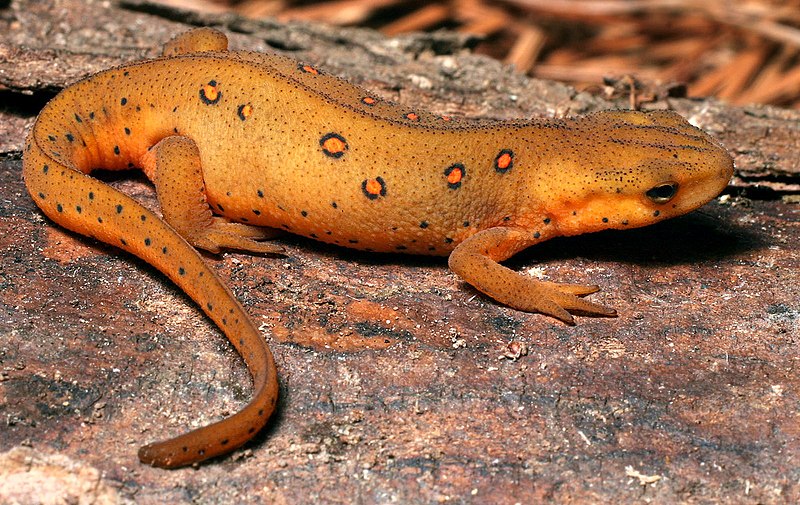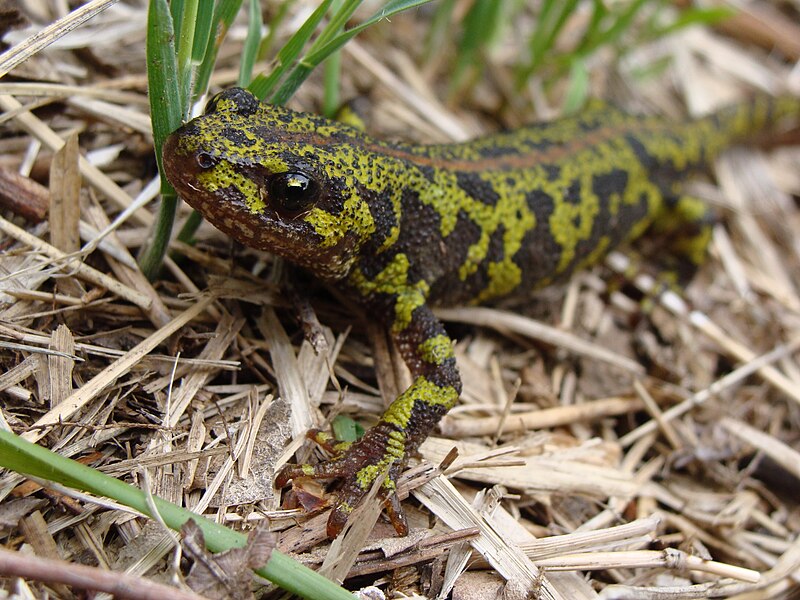This article covers the care of several native amphibians that live in close proximity to people. As a result, they sometimes wind up in yards, basements, window wells and other such places. Most are also seen in pet stores. While they can make interesting, long-lived pets, all have specific needs that must be met if they are to thrive. The following information will give you an idea of what is involved caring for amphibians as pets; please see the articles linked below for more detailed information, and post any questions you may have. If you find an injured animal, or wish to learn how to become a wildlife rehabilitator, please see this article.
It is important to bear in mind that captive-born specimens make far better pets than wild individuals, and that many species are protected by law. Read More »
 That Reptile Blog – Reptile, Amphibian and Exotic Pet Care and Information
That Reptile Blog – Reptile, Amphibian and Exotic Pet Care and Information




